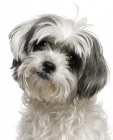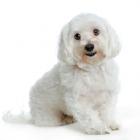Maltese
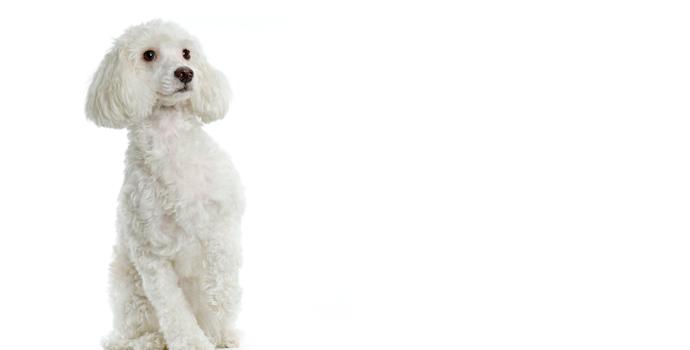
In my own words
So what are we up to today? Are we going out? I know it’s raining but I don’t mind, I love playing in puddles! It might make my coat a bit messy though. Can you dry me when we get back to get my coat looking lovely again? I don’t mind going in the bath, it’ll make my coat all soft and silky! Would you like a cuddle on the sofa?
Did you know that my breed used to be a lapdog for royalty in the past? That’s why I look so regal, don’t you think? That doesn’t make me boring though, I’m fearless and bold you know! I make a great watchdog, I’ll always let you know when there’s trouble about. You can count on me!
My ideal owner(s)
Singles
Retirees
Families with older children
Kings and Queens
What they say about me
Loyal
Affectionate
Protective
Fearless
Agile
Please read on, to find out more about me, and whether I will be someone you can be happy with for the next 12 years, or even longer!
Is this Maltese for you?
Test your knowledge about the Maltese
Information essential about the Maltese
Kennel Club Group:
Toy
Size:
Small: Weight 4 – 6 lb (1.8 – 2.7 kg)
Height 8 – 10” (20 – 25.4 cm
Popularity:
This breed is a popular show dog and pet.
Breed History:
The Maltese is one of the world’s oldest breeds. It is estimated that the breed originated about 8,000 years ago. They feature in Roman poetry and had special tombs for them by the Greeks. Although the ancient Greeks and Romans believed the dog originated on the Island of Malta, there is really no evidence that proves the dog was indigenous to the Island, but rather that the Maltese is descended from a Spitz-type dog bred by the people who lived in Central Europe. Malta was a central point for trading and these little, good looking dogs were sold as wares and commodities would be from there, these little dogs were taken all over the world with traders and travellers reaching as far as South East Asia and China.
The Maltese made its American debut in Westminster’s first show in 1877 and was registered by the AKC one year later. Beginning around the mid 1800's and early 1900’s, speculation into the origins of the Maltese began and what ‘group’ they should be classified within, given their probable Spitz ancestors but rather small stature. Breeders in England, felt that the Maltese belonged in the Terrier family due to their fearless temperament and the fact that they were rather good ratters. People were unable to agree so the breed was simply to be referred to as the Maltese dog from then onwards.
The first English Kennel Club stud book has twenty-four Maltese Dogs registered between 1859 and 1873. A prolific breeder of the time (1875 through 1885) was a Lady Giffard, whose dogs were noted for their long silky coats.
Character:
This breed has been the beloved companion to princes and princesses for well over 2,000 years. They are gentle, loving, obedient creatures that love attention and affection. They have a fearless energy that can make them more of a handful than the typical, docile lapdog. The Maltese is perfect for city-dwellers and good with children, especially older children. They are confident around other dogs without being overly confident. Their fearlessness makes them self-assured rather than defensive.
Temperament:
The Maltese displays a graceful and regal demeanour and were previously favoured by nobles, royals and aristocracy. They are intelligent, animated and playful dogs and love to be the centre of attention. This breed is loving and deeply devoted to their owners. The Maltese is gentle, trusting, and obedient. They are typically good natured and amiable and love to be held and cuddled. They will tolerate other pets, but are not suitable for inconsiderate or ill-behaved children. They can have a tendency to be ‘snappy’ with smaller children and should be supervised when playing with children, although socialising them at a young age to a wide range of people and other animals will reduce this behaviour. They most often will establish a close bond with one person. The Maltese commit themselves fully to their owner and families. The Maltese is very active within a house and appears to prefer smaller spaces. They can also suffer from separation anxiety and display undesirable behaviours such as chewing, howling, barking and scratching when suffering from this.
Conformation:
This toy-sized breed is covered in a long, silky white (or cream) coat. The head is medium-sized with a rounded skull, hanging ears, tapered muzzles and dark noses and eyes. They carry their heads high on their long necks and carry the tail over its back giving them a distinguished, aristocratic look. With its low hanging coat and smooth gait, this breed seems to float across the floor.
Coat:
The Maltese has an elegant mantle of long, silky hair. The coat is straight, lacks an undercoat, and is pure bright white in colour. They are non-shedding. Their luxurious cloak of white is the hallmark of the Maltese.
Colour:
The coat comes in pure white or cream.
Training:
This breed can be difficult to housetrain so crate training is recommended. They benefit from early socialisation but does not require extensive obedience training as they are naturally obedient dogs. They do not respond well to harsh training and are better with training that is gentle, consistent, rewarding and patient. They are adept at learning new tricks.
Care:
This breed requires daily grooming. The coat is silky and soft so take care when brush. They do not shed much which makes them a good choice for allergy suffers. They need bathing or dry shampooing on a regular basis. It is important to check and clean their eyes, ears and beards regularly. This breed does not do well in very hot climates or damp conditions and can be finicky eaters suffering indigestion. Dental hygiene is important to prevent tooth loss.
Health:
The lifespan of a healthy individual is up to 12 years, which is normal for a dog of this size. However, some live for as long as 18 years. If you buy from a reputable, responsible breeder, health problems should not occur. This breed can be prone to suffering from dental problems. Dog toys and biscuits that promote dental health can help to keep their teeth strong and clean. This breed can be prone to eye problems, skin disorders and respiratory problems. They are susceptible to ‘reverse sneezing’ which is a gagging, choking sound they can make when playing or are excited, however, this is no cause for alarm and no treatment is usually required.
Exercise:
This breed is happy with daily 20 - 30 minute walks and do not require a high level of exercise. They are suitable for apartment living and benefit from a small, securely enclosed yard. The Maltese is a social dog and benefits from a play date at the park.
You may also like:
Malteses looking for a home in UK »

If you like Malteses, you may be interested in breeds of the same size »
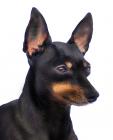
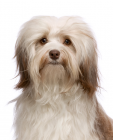



If you like Malteses, you may like other breeds with similar characteristics »
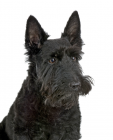
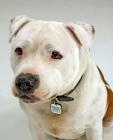
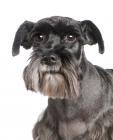
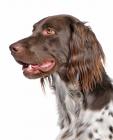

If you like Malteses, you may be interested in these other toy dogs »

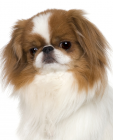
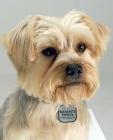


Advice on choosing your breed »
Find an animal shelter or rescue home where a Maltese is waiting for a new home »
The following grid gives a fast track review which covers all breeds. You can apply it to help you decide if a Maltese is suitable for you, the environment where you live, your personality and your lifestyle. On the grid, 1= strongly disagree, and 5= strongly agree. For example, if you are looking for a dog that suits apartment life, look down the list under Environment, and you will see that Maltese are well suited to urban living, scoring 5. You might like to save or print off this section and keep it for reference while you check some other breeds before making your final choice
Be the first to rate this breed »
|
*PLEASE NOTE: All our breed profiles are general, and all dogs are individuals. Always talk to the breeders and meet the owners you are buying from. Try to meet the dog and its parents if it is a puppy in their home environment.








